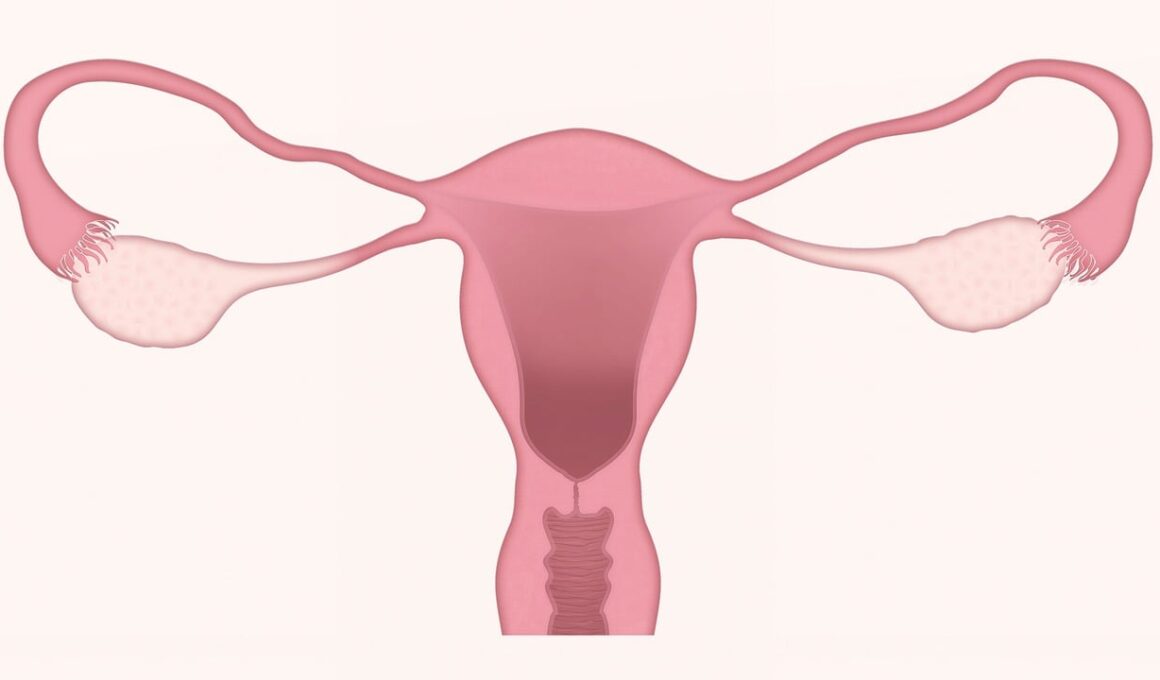Women with endometriosis often have painful sex (dyspareunia). This can lead to relationship problems and lack of intimacy. However, there are ways to make sex less painful, including increased communication and experimentation with sex positions.
Painful sex may be more common around ovulation and prior to your period. This is because the endometrial tissue sheds and irritates sensitive tissues.
Pain during intercourse
Many women with endometriosis experience pain during intercourse, also known as deep dyspareunia. This symptom can be mild to severe, and can last up to two days after intercourse. It may be felt in any sexual position, but can be more painful in certain positions or when deeper penetration occurs. The pain may be described as sharp, stabbing, or jabbing. It can occur at any time of the month, although it is more common around ovulation or prior to your period.
It can be difficult to communicate with your partner about this, but it’s important that you do so. Avoiding this topic can cause emotional distance and an aversion to sex. Having a discussion about the symptoms can help you both learn what positions to avoid for mutual pleasure. In addition, experimenting with different types of pleasure can help reduce the intensity of pain and make sex more pleasurable for both of you.
You can try to minimize the pain by reducing penetration, using pelvic muscle therapy, and increasing vaginal lubrication. However, this won’t eliminate the problem entirely. Many people with endometriosis still experience pain during sex because of the location and extent of their endometriosis lesions. These lesions can cause adhesions, a tilted uterus, and decreased natural lubrication. In addition, some medications used to treat endometriosis can decrease lubrication.
Pain after intercourse
Many women with endometriosis experience pain after intercourse, but there are ways to manage it. Communication with your partner, lubrication, trying different positions, and seeking medical treatment can all help make sex less painful.
The pain is caused by the tissue that grows outside your uterus, but can’t leave. It irritates your ovaries and the areas around them, causing pelvic adhesions and painful periods. The pain can also be triggered by hormonal changes, a tilted uterus, and vaginal dryness.
It can be hard to describe how much pain is associated with dyspareunia, but it’s usually a sharp and stabbing sensation. It can last for hours after sex and can recur even when you’re not having sex. Some women report the pain only during sex or only with deep penetration, while others feel it at all times of the month.
Women with endometriosis also find that sex is sometimes less painful at certain times of the menstrual cycle, especially during mid-cycle (during ovulation). However, this can vary by person and may depend on where the pain is in their pelvic area. Try experimenting with your sex schedule to see what works best for you and your partner. It’s also helpful to learn which positions cause pain and which ones don’t. Deep penetration and rapid thrusting can exacerbate the pain for some women.
Pain during sex
Painful intercourse, or dyspareunia, is one of the most common symptoms of endometriosis. It can be felt before, during, and even after sex and can leave women feeling dissatisfied and depressed about their sexual relationship. The pain can be severe and can also take a toll on the emotional intimacy of the couple.
Women describe the discomfort in different ways, from mild pain to sharp, stabbing pain or a deep ache. They may also experience pain at varying times of the day or during certain sexual positions, such as the missionary position. This is because the endometriosis can grow in different places around the uterus, fallopian tubes, and back of the vagina. It can also adhere to the rectum and any penetration can pull or stretch the irritated tissue.
Dyspareunia can affect all ages of women, but it is more common during the menstrual period or during childbirth. In some cases, it can be aggravated by the use of oral contraceptives or a hormonal condition like perimenopause.
It’s important to talk to your doctor about painful sex. They can help you identify the causes and give advice on how to deal with them. It’s also worth experimenting with various sex positions to see which ones are less painful. It is also a good idea to increase foreplay and use lubricants.
Pain during the menstrual cycle
If you have endometriosis, painful periods (dysmenorrhea), pain during and after sex, and pelvic pain that worsens over time are common symptoms. You may also experience infertility. In addition, the pain caused by endometriosis can extend beyond the pelvic cavity and cause back and abdominal pain. This pain can be experienced at different times in the month, but is usually most severe before and during menstrual periods.
Women with endometriosis often find that certain positions during sexual intercourse increase their pain, such as the missionary position. This is because the uterus is tilted and deepened, which can lead to stretching and pulling of endometrial lesions and nodules. This pain is called dyspareunia, and it can last hours or even days after sex.
Dyspareunia is one of the most frustrating symptoms of endometriosis because it can be difficult for patients and their partners to communicate about it. This can lead to feelings of rejection or guilt on both sides. It is important to talk about this problem with your partner, because it can affect the quality of your relationship.
Thankfully, there are many ways to improve the quality of your intimate life with your partner. This includes using lubrication, trying different sex positions and pain relief methods, and seeking medical treatment. You don’t have to give up your sex life because of endometriosis, but it is important to communicate with your partner and seek medical attention when necessary.









